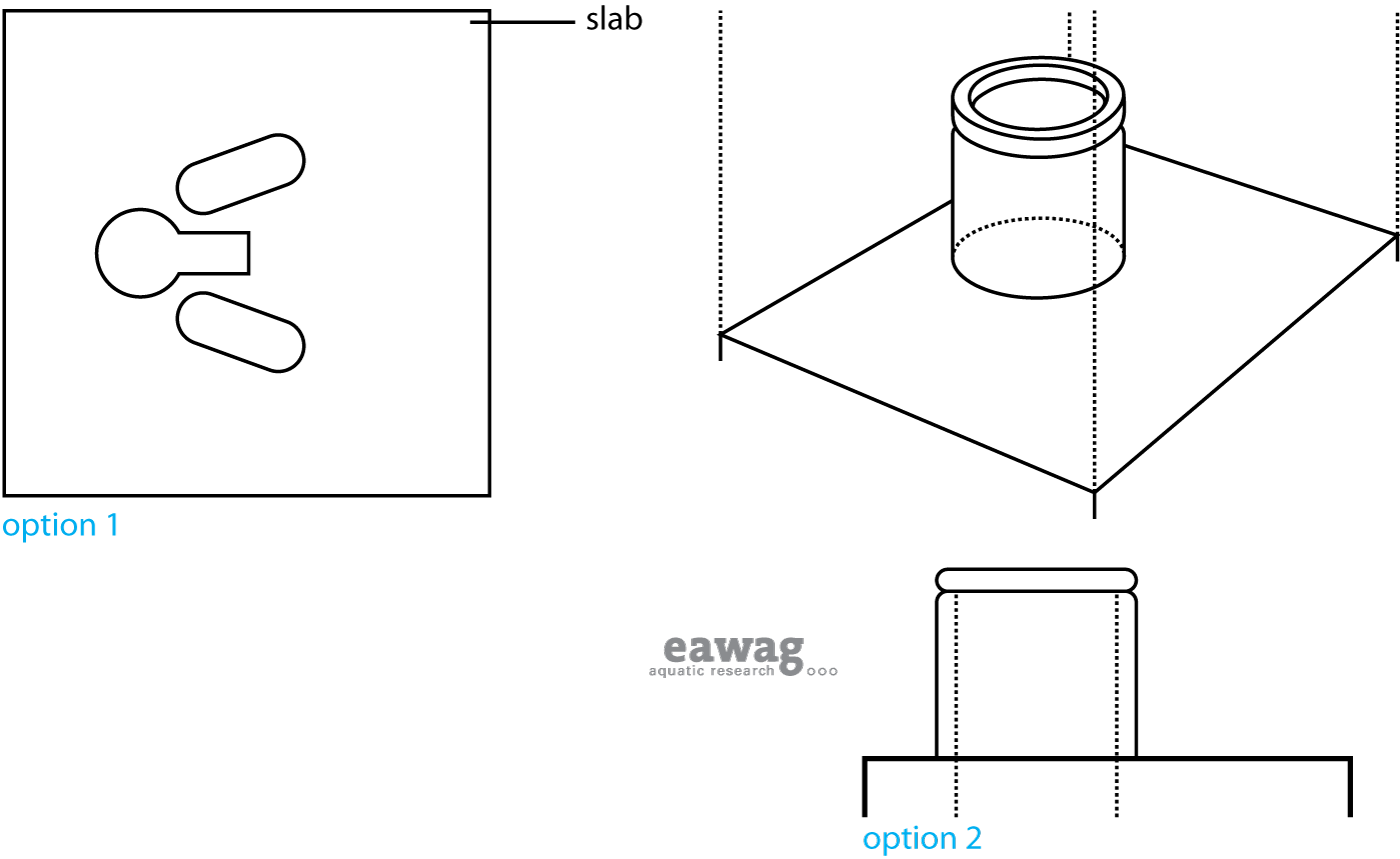Difference between revisions of "Dry Toilet"
(→References) |
(→Manuals, videos, and links) |
||
| Line 67: | Line 67: | ||
* [http://www.youtube.com/watch?v=GLJj8RB02NY Dry toilet] Demonstration of SanPlat system. | * [http://www.youtube.com/watch?v=GLJj8RB02NY Dry toilet] Demonstration of SanPlat system. | ||
| − | * [ | + | * [http://www.sanplat.com/sharewar.htm Manual for building SanPlat-type dry toilets]. |
* [https://www.wsp.org/hwws-toolkit/hwws-tk-home?utm_source=Newsletter_May_2013&utm_campaign=Wasrag+February+2013Newsletter&utm_medium=email Handwashing with Soap Toolkit] | * [https://www.wsp.org/hwws-toolkit/hwws-tk-home?utm_source=Newsletter_May_2013&utm_campaign=Wasrag+February+2013Newsletter&utm_medium=email Handwashing with Soap Toolkit] | ||
Revision as of 03:33, 8 October 2014
A Dry Toilet is a toilet that operates without water. The Dry Toilet may be a raised pedestal that the user can sit on, or a squat pan that the user squats over. In both cases, excreta (both urine and faeces) fall through a drop hole. In this compendium, a dry toilet refers specifically to the device over which the user sits or squats. In other literature, a dry toilet may refer to a variety of technologies, or combinations of technologies (especially pits).  Dry toilet, in Mexico (for credits, click the picture)  SanPlat-type dry toilet. (for credits, click the picture) ===Design Considerations=== The dry toilet is usually placed over a pit; if two pits are used, the pedestal or slab should be designed in such a way that it can be lifted and moved from one pit to another. The slab or pedestal base should be well sized to the pit so that it is both safe for the user and prevents stormwater from infiltrating the pit (which may cause it to overflow). The hole can be closed with a lid to prevent unwanted intrusion from insects or rodents. Pedestals and squatting slabs can be made locally with concrete (providing that sand and cement are available). Fibreglass, porcelain and stainless steel versions may also be available. Wooden or metal moulds can be used to produce several units quickly and efficiently.
ContentsAppropriatenessDry toilets are easy for almost everyone to use though special consideration may need to be made for elderly or disabled users who may have difficulty. When dry toilets are made locally, they can be specially designed to meet the needs of the target users (e.g., smaller ones for children). Because there is no need to separate urine and faeces, they are often the simplest and physically most comfortable option. Health Aspects/AcceptanceSquatting is a natural position for many people and so a well-kept squatting slab may be the most acceptable option. Since dry toilets do not have a water seal, odours may be a problem depending on the Collection and Storage/Treatment technology connected to them. Operation & MaintenanceThe sitting or standing surface should be kept clean and dry to prevent pathogen/ disease transmission and to limit odours. There are no mechanical parts; therefore, the dry toilet should not need repairs except in the event that it cracks. Manuals, videos, and links
References
AcknowledgementsThe material on this page was adapted from: Elizabeth Tilley, Lukas Ulrich, Christoph Lüthi, Philippe Reymond and Christian Zurbrügg (2014). Compendium of Sanitation Systems and Technologies, published by Sandec, the Department of Water and Sanitation in Developing Countries of Eawag, the Swiss Federal Institute of Aquatic Science and Technology, Dübendorf, Switzerland. The 2nd edition publication is available in English. French and Spanish are yet to come. |
||||||||||||||||||||||


